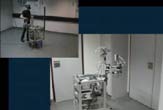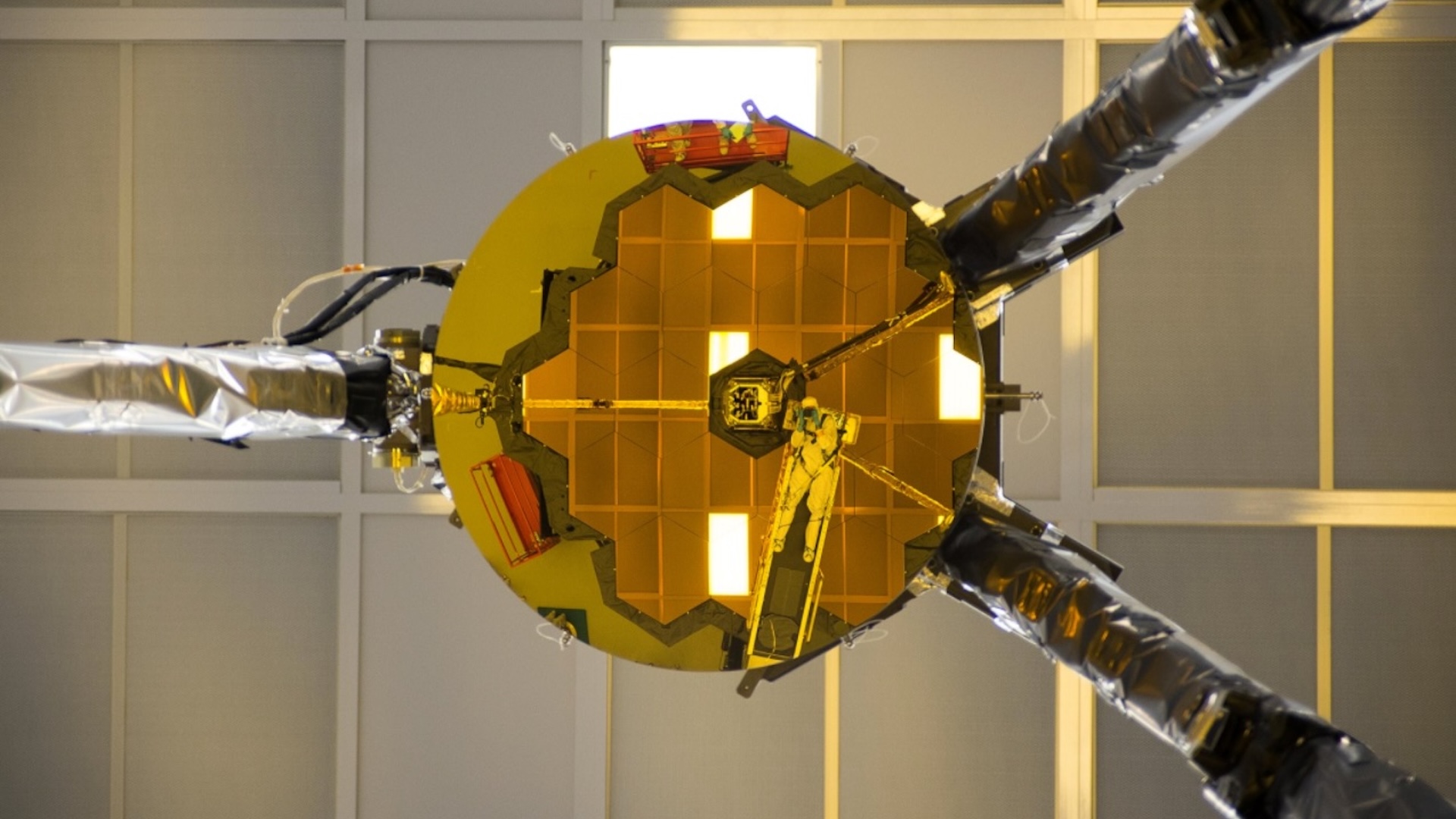Humans Inhabit Body of Experimental Robot

A pair of new, immersive technologies allows a person to "inhabit" the body of a distant robot in an experiment conducted in Germany.
The first is the haptic system (from a Greek word meaning "touch") that allows the operator to don a pair of gloves that can actually "feel" what the robot feels when it contacts an object. The second is tele-operated movement; as the person moves, so does the robot.
How does it work? The distant tele-operated robot is part of a wheeled platform. The human operator makes the robot move around simply by walking; feeds from twin cameras placed on top of the robot's "head" provide images to goggles worn by the human operator.
A glove worn by the operator controls a three-fingered hand at the end of the robot's arm. As the operator moves the glove, the robot's hand moves. As the robot hand presses against an object, the operator senses resistance to movement in his own glove. Also, the operator's sense of being present with the robot is enhanced by the sounds picked up by the robot's microphones.
Why would a person need to be present in two places at once?
"Being able to control a mobile robot would be useful for places too dangerous for humans to go, for example to investigate a suspicious suitcase at an airport," says Anjelika Peer.
Peer developed the system with colleagues Ulrich Unterhinninghofen and Martin Buss at Munich University in Germany.
This system is clearly presaged in the excellent "Time is the Simplest Thing," a science fiction novel published by Clifford Simak in 1961. In the book, travelers remain on Earth and send their minds out into distant space. On a distant planet, a traveler's mind "inhabits" a small robot called a taper:
Get the world’s most fascinating discoveries delivered straight to your inbox.
His treads left no tracks upon the floor as they had left tracks upon the sand dunes before he'd come upon this dwelling place, if that was what it was... The floor was hard and smooth and of a bright blue color and a very easy for him to roll on. His pace slowed to a crawl, his treads whispering on the floor, his sensors out and working, and the whirring of the tape that sucked up sight and sound and shape and smell and form, recording temperature and time and magnetics and all the other phenomena which existed on this planet. (Read more about Clifford Simak's taper)
The unique thing about the German robot is that it provides tele-operated walking movement as well as hand-manipulation. NASA is working on a similar kind of system; see the Robonaut Centaur, which also provides movement to a seated operator who uses a foot pedal to "drive" the bot. This bot was demonstrated at NextFest 2006 this past September.
Interested in remotely-operated robots? Take a look at these:
- Robonaut Performs Hubble Space Telescope Repair Tasks More details about Robonaut, a dexterous humanoid telepresence robot being developed so earth-bound astronauts can perform repairs in orbit.
- ROKVISS Telepresence Robot Heading To Space Station ROKVISS is a fifty centimeter-long robotic manipulator with two hinges, a controller, lighting system, metallic fingers and two built-in cameras.
- Enryu Support Dragon Hyper Rescue Robot Tear the doors off cars with this giant real-life robot; the story also provides more details on tele-operation.
(This Science Fiction in the News story used with permission from Technovelgy.com - where science meets fiction.)
